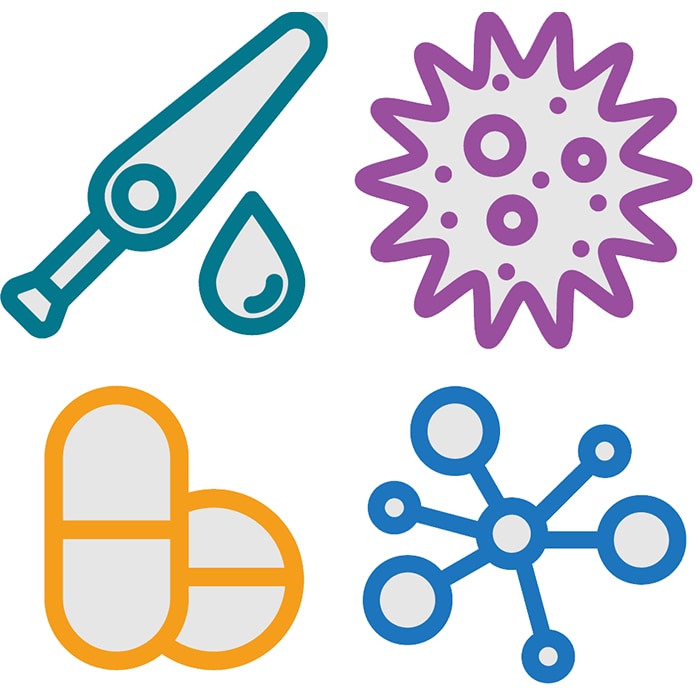Visit the COVID-19 and HIV page for the latest updates on the novel coronavirus outbreak and HIV.
Diagnose

The Ending the HIV Epidemic in the United States (EHE) initiative aims to reduce new HIV infections by 90% by 2030. The initiative includes four pillars: DIAGNOSE, TREAT, PREVENT, and RESPOND, and will scale up science-based strategies for each that can end the epidemic.
Knowing one’s status is a critical step in accessing powerful prevention and treatment tools. Whether a person has HIV or not, this knowledge leads to actions that can improve health and prevent HIV.
87% of the estimated 1.2 million people with HIV in the U.S. are aware of their status.
Only 56% of those aged 13–24 know their status.*
HIV Diagnoses by Region
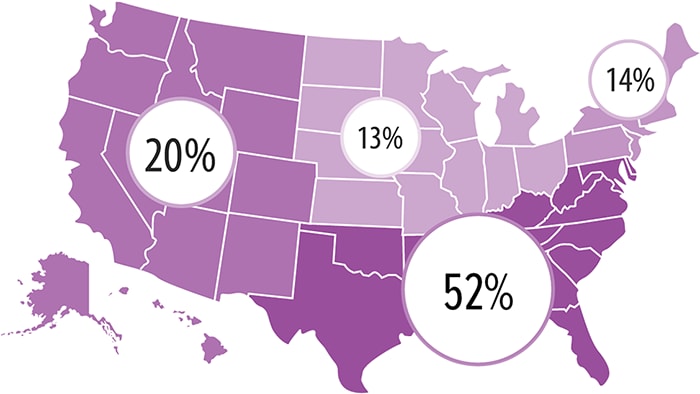
HIV Diagnoses by Race/Ethnicity
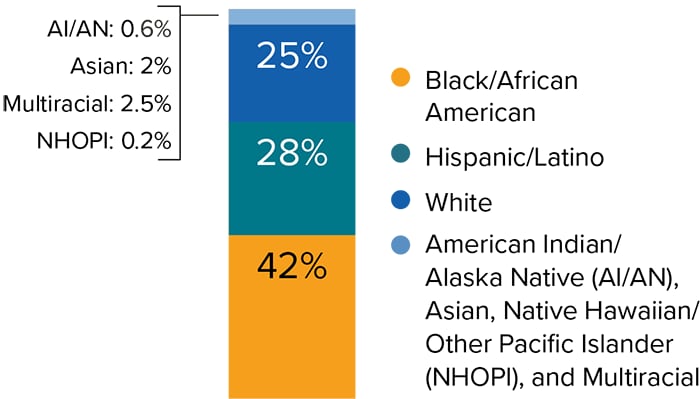
Black/African American persons and Hispanic/Latino persons account for 70% of HIV diagnoses but comprise only 31% of the U.S. population.
HIV Diagnoses by Categories
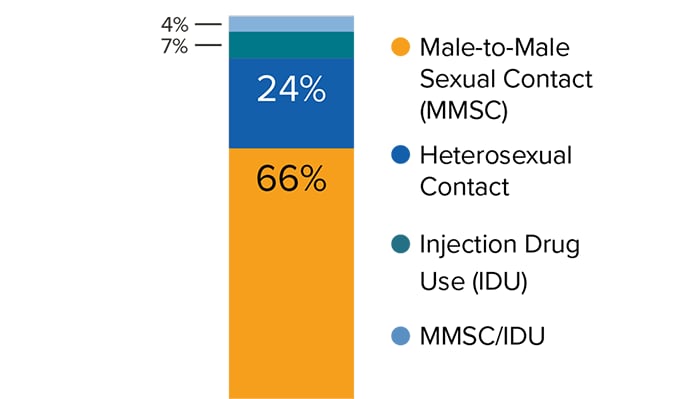
Male-to-male sexual contact accounts for about 65% of HIV diagnoses each year. Gay and bisexual men represent only about 2% of the U.S. population.
HIV Diagnoses by Age
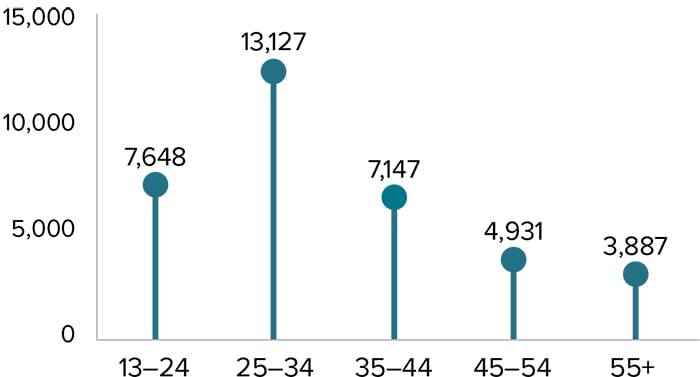
Early diagnosis is essential to end the HIV epidemic.††

1 in 2
people with HIV have the virus at least 3 years before diagnosis.

1 in 4
people with HIV have the virus at least 7 years before diagnosis.
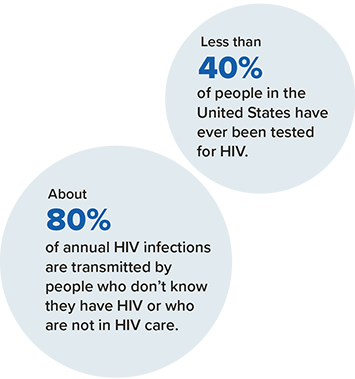
CDC is focused on making HIV testing simple, accessible, and routine.
In 2006, CDC began recommending that all people ages 13 to 64 be tested for HIV at least once in healthcare settings. However, uptake of that recommendation has not been optimal.
Strategies to diagnose all people with HIV as soon as possible:
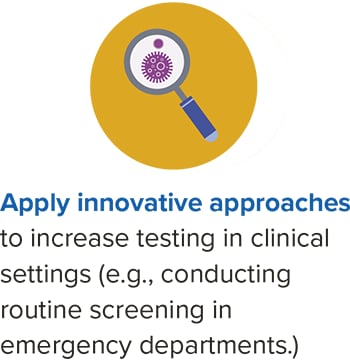
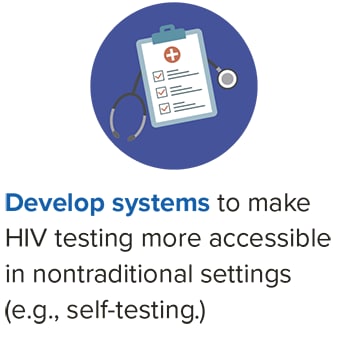
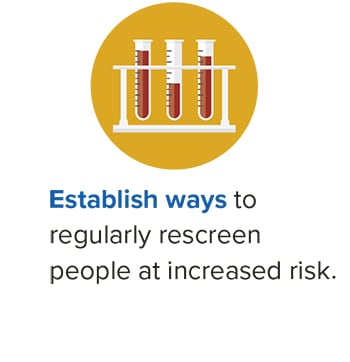
Ending the HIV Epidemic Goals
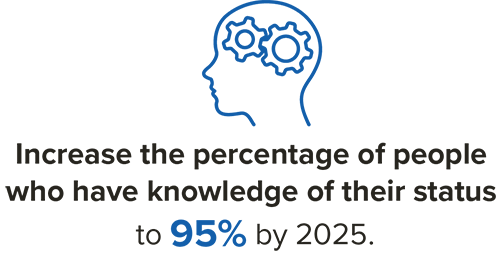
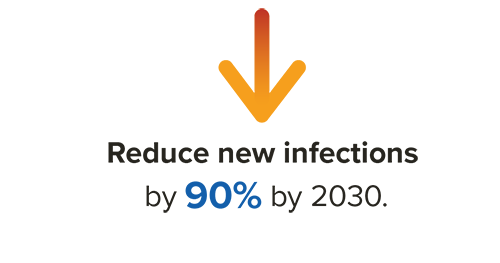
* Centers for Disease Control and Prevention. Estimated HIV incidence and prevalence in the United States, 2015–2019. HIV Surveillance Supplemental Report 2021;26(No. 1). http://www.cdc.gov/hiv/library/reports/hiv-surveillance.html. Published May 2021. Accessed March 8, 2022.
* * Centers for Disease Control and Prevention. HIV Surveillance Report, 2019; vol. 32. http://www.cdc.gov/hiv/library/reports/hiv-surveillance.html. Published May 2021. Accessed June 30, 2021. Note: Data from all 50 states, the District of Columbia, and 6 US dependent areas (American Samoa, Guam, Northern Mariana Islands, Puerto Rico, Republic of Palau, and the U.S. Virgin Islands).
† Transmission category data are presented based on sex at birth and include transgender persons.
† † Dailey AF, Hoots BE, Hall HI, et al. Vital Signs: Human Immunodeficiency Virus Testing and Diagnosis Delays — United States. MMWR Morb Mortal Wkly Rep 2017;66:1300–1306. DOI: http://dx.doi.org/10.15585/mmwr.mm6647e1
